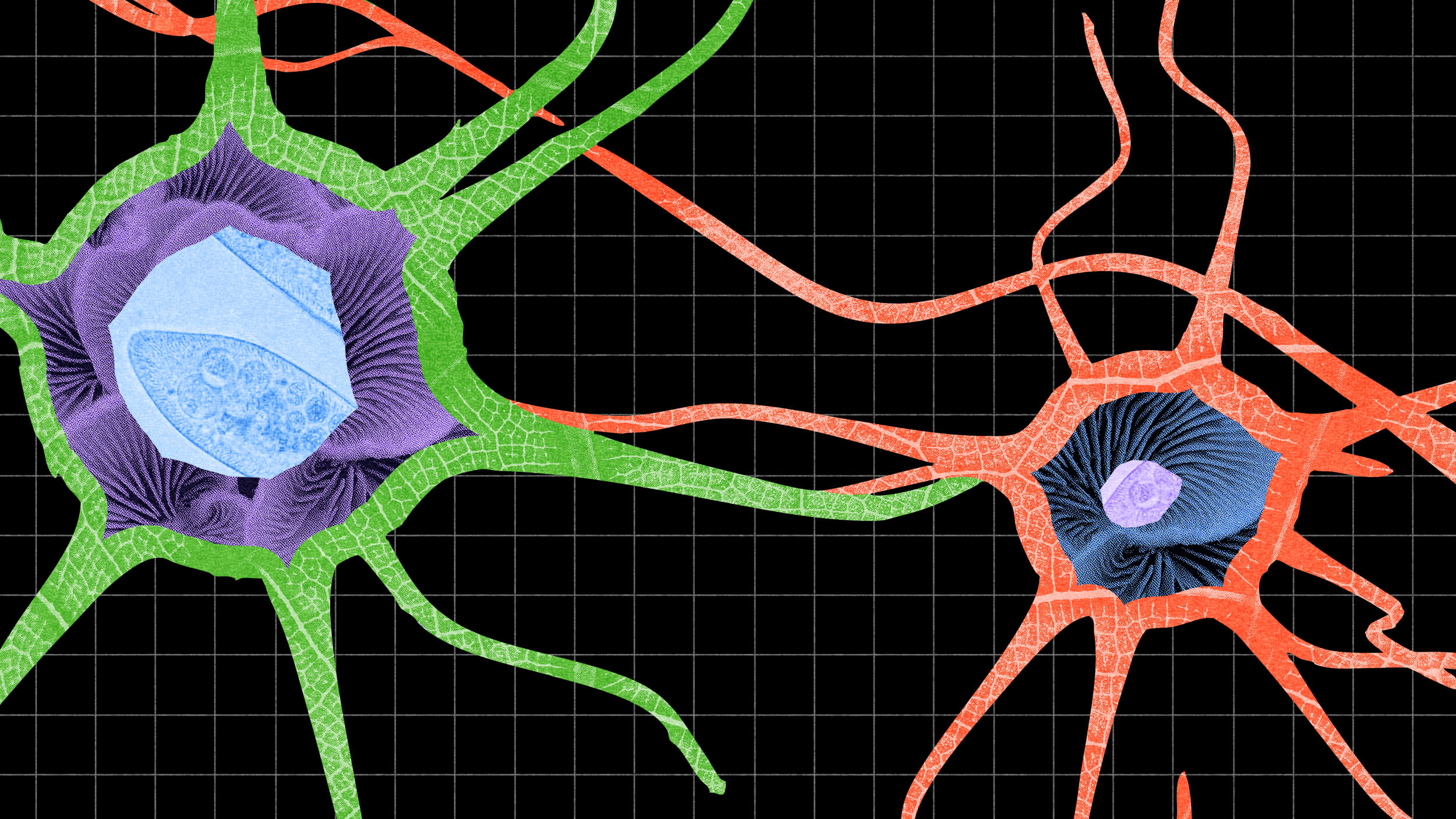Dr. Joseph M. Sussman is the JR East Professor (endowed by the East Japan Railway Company) in the Department of Civil and Environmental Engineering and the Engineering Systems Division at[…]
Sign up for the Smarter Faster newsletter
A weekly newsletter featuring the biggest ideas from the smartest people
Transportation systems have to operate on these dimensions to be effective: economic development, environmental protection and social equity.
Question: What is the single greatest challenge facing transportation these days?
Joseph Sussman: People talk about sustainable development. Well, you can’t have sustainable development without sustainable transportation. And when we speak of sustainability we always bring up the three “E’s.” We have the question of economic development, we have the question of environmental protection and we have the question of social equity. The three “E’s.”
And our argument is, the transportation system has to operate on each of those dimensions to be effective. So, building transportation infrastructure in a metropolitan area for example, or an intercity transportation system, such as say the interstate system here in the United States, is done to enhance mobility which is in fact done for the most part to provide economic development opportunities. Now of course, there are all sorts of social factors as well. People visiting family, people going to school, and so forth, but economic development is at the heart of what we’re trying to do when we make investment in the transportation systems.
But that’s not our only goal. In today’s fragile environmental era, one has to be very concerned about the impact that transportation has on the environment, which is the second of the three “E’s.” Environmentally, we’re concerned about a number of things. We’re talking about clean air, we’re talking about clean water, we’re talking about global climate change with greenhouse gases being produced, and transportation is a player in all of those areas. One, pollution is caused by the operation of internal combustion engines, so are greenhouse gases. There’s runoff from roads into water supplies that causes problems in that regard as well. So, one needs to be quite conscious in making environmentally benign decisions when one makes decisions about how to design a transportation system.
But finally, we have the question of social equity. The third of the three “E’s.” And the point with social equity is that if we are not in some way distributing the benefits that are created by transportation systems, the economic development benefits, if we are not distributing those across a broad swath of society, we argue that it won’t be a sustainable solution. It can’t be sustained for a long period of time unless people are sharing in the wealth that is being created through mobility.
Joseph Sussman: People talk about sustainable development. Well, you can’t have sustainable development without sustainable transportation. And when we speak of sustainability we always bring up the three “E’s.” We have the question of economic development, we have the question of environmental protection and we have the question of social equity. The three “E’s.”
And our argument is, the transportation system has to operate on each of those dimensions to be effective. So, building transportation infrastructure in a metropolitan area for example, or an intercity transportation system, such as say the interstate system here in the United States, is done to enhance mobility which is in fact done for the most part to provide economic development opportunities. Now of course, there are all sorts of social factors as well. People visiting family, people going to school, and so forth, but economic development is at the heart of what we’re trying to do when we make investment in the transportation systems.
But that’s not our only goal. In today’s fragile environmental era, one has to be very concerned about the impact that transportation has on the environment, which is the second of the three “E’s.” Environmentally, we’re concerned about a number of things. We’re talking about clean air, we’re talking about clean water, we’re talking about global climate change with greenhouse gases being produced, and transportation is a player in all of those areas. One, pollution is caused by the operation of internal combustion engines, so are greenhouse gases. There’s runoff from roads into water supplies that causes problems in that regard as well. So, one needs to be quite conscious in making environmentally benign decisions when one makes decisions about how to design a transportation system.
But finally, we have the question of social equity. The third of the three “E’s.” And the point with social equity is that if we are not in some way distributing the benefits that are created by transportation systems, the economic development benefits, if we are not distributing those across a broad swath of society, we argue that it won’t be a sustainable solution. It can’t be sustained for a long period of time unless people are sharing in the wealth that is being created through mobility.
Recorded on January 25, 2010
▸
28 min
—
with





